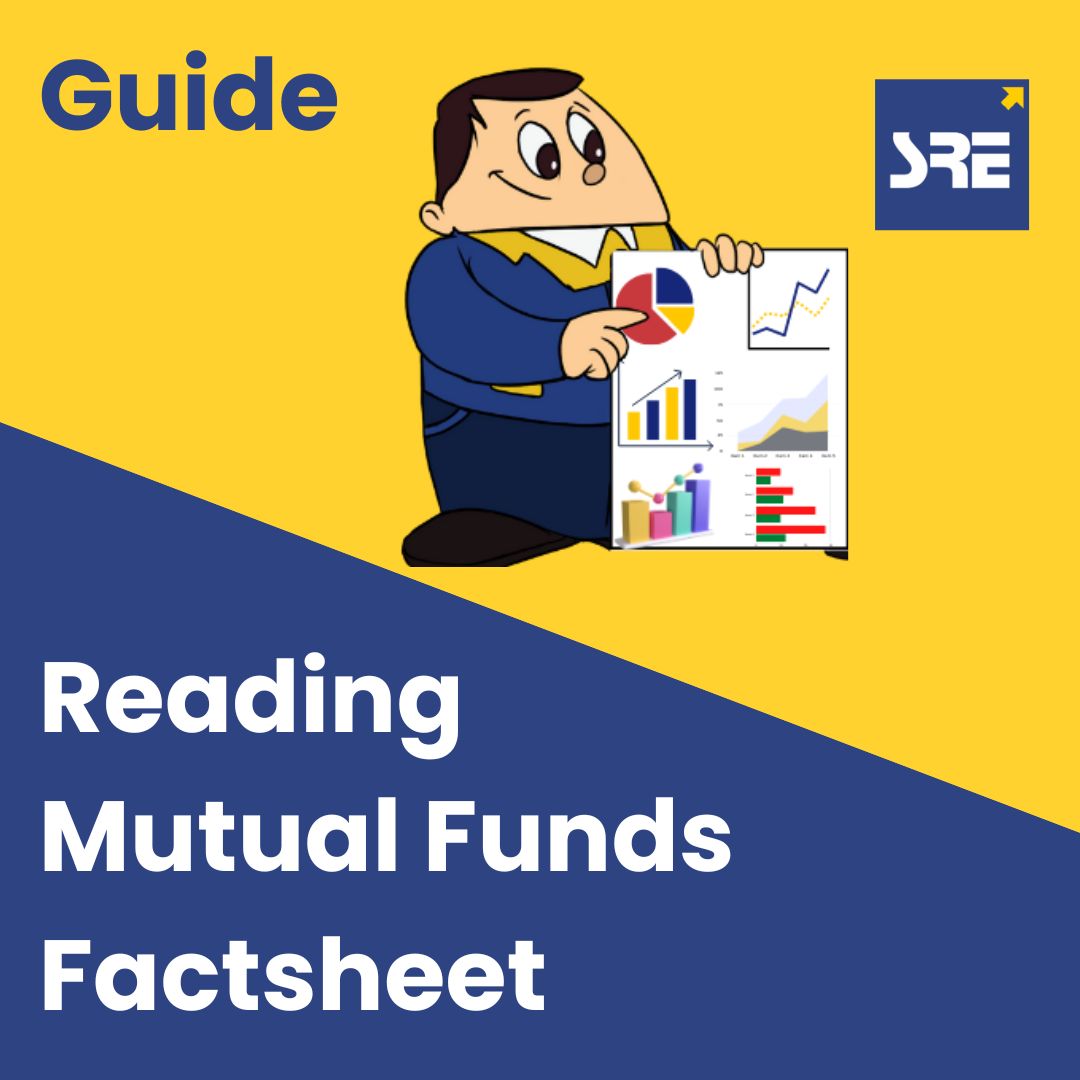
How to Read a Mutual Fund Factsheet in 2025 | Beginner-Friendly Guide by SRE
by SRE Desk on 02 Aug 2025 06:11:17
Overall RATE (0.0)
Confused by mutual fund factsheets? Learn how to read and understand them with this beginner-friendly guide by SRE. Break down key terms, performance data, and more in simple language.
—------------------------------------------------------------------------------------------------------------------------
Let's face it, most factsheets on mutual funds are daunting at first sight. Anyone can become confused by the abundance of figures, odd terminology, and technical details. And it's simple to think, "This isn't for me," unless you're in the banking industry.
The fact is, though, that you don't have to be an expert to understand it. A factsheet is just a summary of where your money’s going and how your investment is doing. Once you understand the basics — what to look for and what matters — it becomes a lot simpler.
This guide is for you if you’ve ever opened a fund document and closed it five seconds later. Let’s break it down, one section at a time, without the jargon and without overcomplicating things.
1. What the Fund Is All About
At the very top of the factsheet, you’ll usually see the fund’s name, the fund house managing it, and the name of the fund manager. Here’s what to keep in mind:
-
Fund Name & Type: This tells you whether it’s an equity fund, debt fund, hybrid, etc.
-
Fund Manager: These are the people making investment decisions on your behalf. It helps to know how experienced they are.
-
Start Date: If the fund has been around for a few years, that gives you more data to see how it's handled different market conditions.
2. The Fund’s Objective — Why It Exists
Every mutual fund has a purpose. Some aim for steady income. Others aim for high growth. This section will spell it out in a line or two.
If you're saving for something like retirement or your child’s education, you want to make sure the fund’s goal matches yours.
3. Where Your Money Is Going — Portfolio Breakdown
This is where the factsheet shows you what the fund invests in:
-
In equity funds, this could be sectors like banking, IT, or pharma, and how much of your money goes into each.
-
In debt funds, it shows the types of bonds — and how safe or risky they are.
You’ll also see a list of the top 10 holdings — the biggest companies or bonds the fund has invested in.
Why it matters: This helps you understand if your money is too concentrated in one area or spread out across different industries.
4. Performance Over Time
This is the part most people focus on — and for good reason. You’ll see returns listed over 1-year, 3-year, 5-year, and “since inception” periods.
But here’s the trick: Don’t just chase the fund with the highest recent return. Instead, look for consistent performance over the long term and compare it to its benchmark index (like Nifty or Sensex). That tells you how well the fund is really doing.
5. Understanding Risk
Every investment comes with some level of risk. The factsheet helps you gauge it:
-
Standard Deviation = How much the fund's returns move up and down
-
Beta = How much the fund moves compared to the market
-
Sharpe Ratio = Whether the returns are worth the risk
You don’t need to memorize these — just know that a higher Sharpe ratio is generally better, and a lower standard deviation usually means smoother returns.
6. The Costs — Expense Ratio and Exit Load
-
Expense Ratio: This is what the fund charges to manage your money. Lower is better — especially for long-term investments.
-
Exit Load: If you take your money out too soon, generally within a year, you will be charged this cost. It serves as a means of motivating you to maintain your investment over time.
Final Thoughts
Reading a mutual fund factsheet isn’t about becoming an expert overnight. It’s about knowing enough to ask the right questions and make confident choices. Once you’ve gone through a few factsheets, you’ll be surprised at how quickly you get the hang of it.
At SRE, we don’t just help you invest — we help you understand what you’re investing in. Whether you’re starting with SIPs, looking at mutual funds for your long-term goals, or just want guidance on where to begin, we’re here to help.